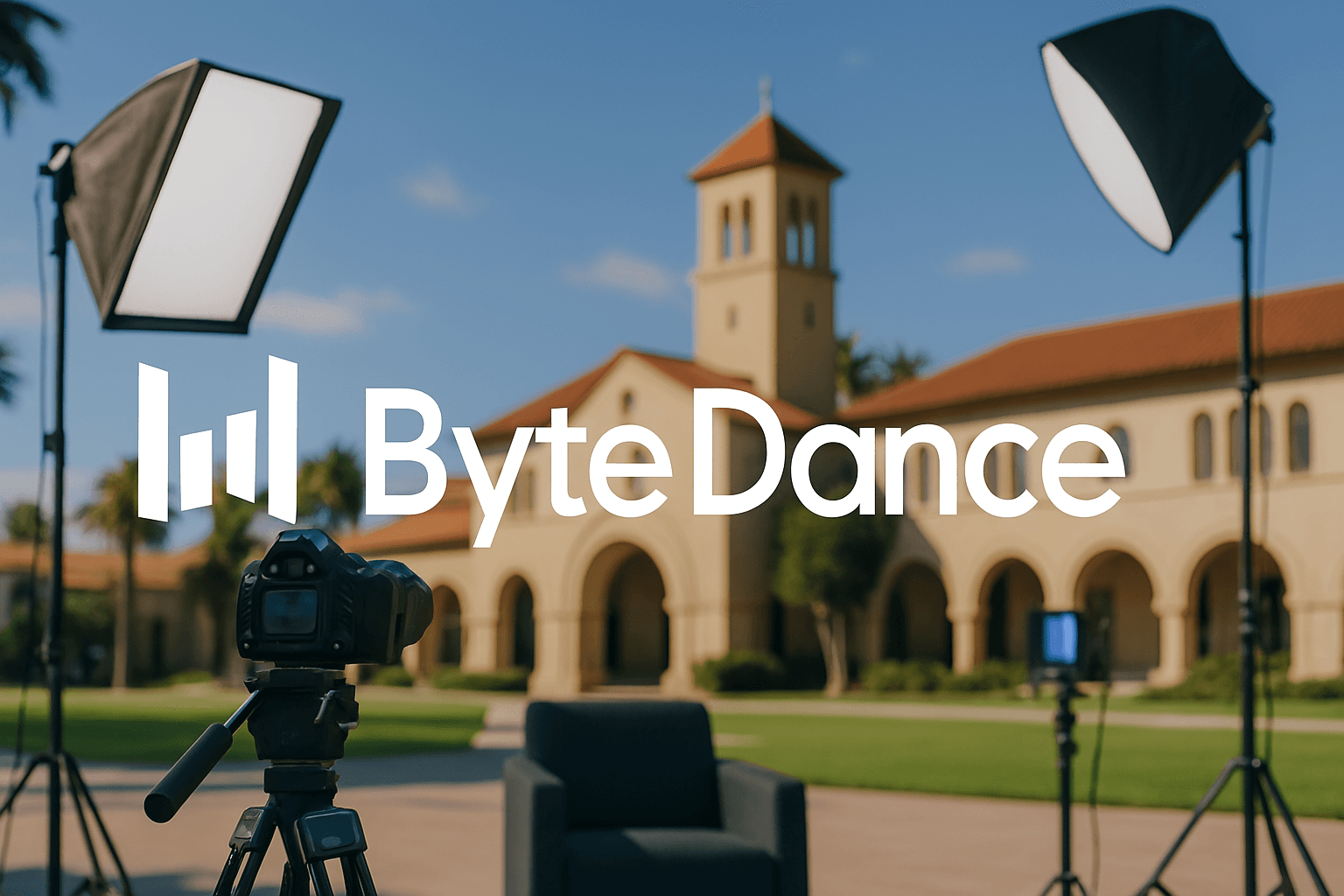DreamActor-M1: The New AI Dream from ByteDance
On April 2, 2025, ByteDance, the company behind TikTok, once again stepped onto the stage of AI animation – with DreamActor-M1. This technology promises to transform static images into captivating, realistic animations. Whether it's portraits, full-body representations, or even dynamic dance sequences – the new framework could soon become an indispensable tool in film, advertising, and video games.
A Quantum Leap in Animation
What makes DreamActor-M1 so special is its hybrid approach. While earlier models often struggled with detail depth and consistency, this new AI combines implicit facial representations, 3D head spheres, and body skeletons to accurately convey even the smallest nuances of expression and movement. The technique uses a Diffusion Transformer (DiT) and extracts poses from video clips – a method that allows for impressive animations to be generated even from just a single reference image. Developers and researchers see the hybrid control as a "game changer" that could set a new benchmark for future animation technologies.
Video demonstration of DreamActor M1 by Bytedance.
A Practical Use Case
Imagine a director being able to bring a new character to life for their film with just a few clicks – without extensive post-production or lengthy shoots. A well-known tech influencer recently speculated on X (formerly Twitter) that "entire films could soon be produced completely digitally, with actors serving only as templates." This vision is set to become more tangible with DreamActor-M1, as it not only delivers simple animations but also offers impressive long-term temporal coherence.
Competition and the Ethical Debate
Of course, every groundbreaking technology also brings challenges. While models like "Animate Anyone" or "MimicMotion" have already made initial steps toward image animation, DreamActor-M1 sets new standards – especially when it comes to fine-grained control and expressiveness. However, critical voices warn of a potential increase in deepfakes. "Great, even more deepfake potential," commented a skeptic on X, urging ByteDance to implement strict guidelines for access to this technology. This discussion has become a central topic, as the ability to digitally reproduce people almost indistinguishably comes with the responsibility to prevent misuse.
ByteDance as a Pioneer in AI
With DreamActor-M1, ByteDance joins a series of ambitious projects, including initiatives like "Goku" and "Omni-Human-1." The company is leveraging the growing demand for realistic avatars and automated content, which are becoming increasingly prevalent in the latest generation of digital media. The combination of technical sophistication and the versatility with which the model has been trained in different resolutions and scenarios suggests that DreamActor-M1 is not just an experiment but a real milestone in AI-driven animation.
Conclusion: A Look into the Future of Animation
DreamActor-M1 exemplifies the unstoppable progress in the world of artificial intelligence. With its groundbreaking approaches to animating still images, this technology could herald a revolution in how visual content is created and produced. At the same time, the debate surrounding deepfakes serves as a reminder that every new opportunity also carries risks – and it is up to the industry to ensure responsible handling of such innovations. Whether in Hollywood, in advertising, or among video game developers – the future of animation looks breathtaking and versatile. With DreamActor-M1, the dream of lifelike digital performers could soon become a reality.

About Kai
Author at Autark News
